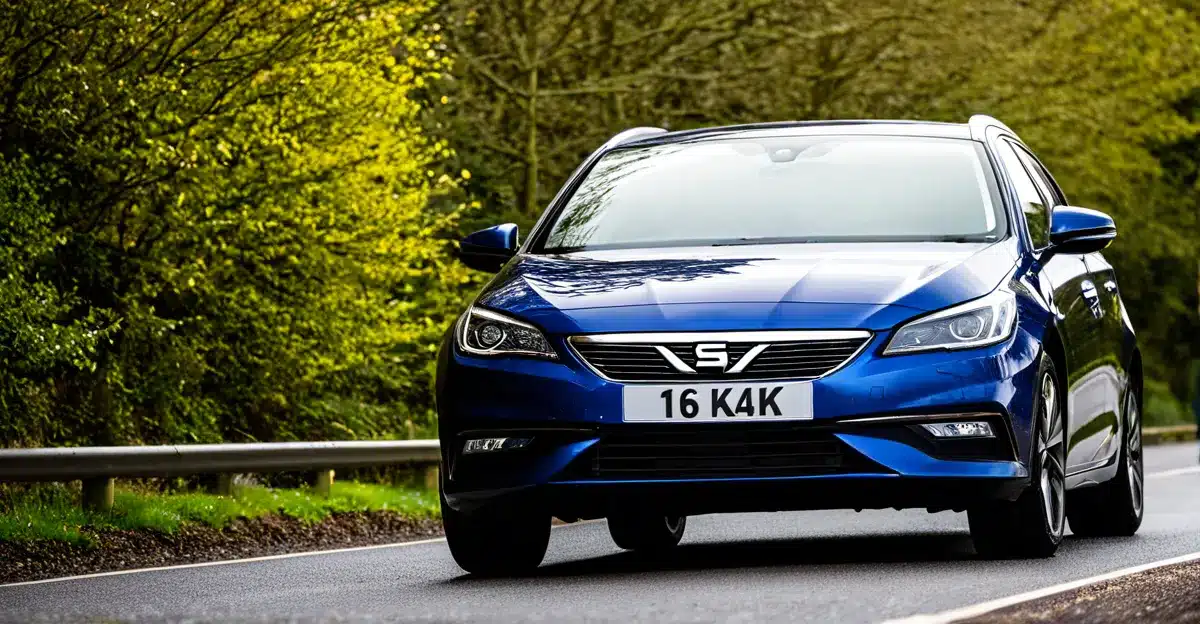Understanding the True Costs of High-Mileage Used Cars in the UK
When considering a high-mileage used car, it is essential to factor in not just the purchase price but the ongoing and hidden costs that can affect your budget. Maintenance and repair expenses often rise with mileage. Parts such as the timing belt, clutch, suspension components, and brakes typically require more frequent replacements, adding up to substantial UK used car expenses over time.
Insurance premiums can also reflect a vehicle’s mileage and condition. High-mileage cars might attract higher insurance quotes due to perceived risk, impacting your overall ownership cost. Additionally, road tax varies depending on emissions and vehicle age, which may be higher for older, high-mileage models.
Have you seen this : Mastering uk car electric window repairs: top diy diagnosis and repair tips
Fuel efficiency generally declines as vehicles age, and with a high-mileage used car, you may experience increased fuel consumption, further increasing running costs. Depreciation is slower for these cars compared to newer models, but resale values remain affected by the mileage and condition, influencing your long-term investment.
Understanding these factors provides a clearer picture of high-mileage used car costs in the UK, helping you budget more accurately and make informed decisions.
Also to discover : Revving up performance: the ultimate uk car enthusiast’s guide to engine torque testing
Comparing High-Mileage and Low-Mileage Used Cars
When evaluating high-mileage vs low-mileage vehicles, understanding the balance between price and potential expenses is essential. Typically, high-mileage used cars boast significantly lower upfront costs, making them attractive for buyers on a strict budget. However, these savings can be offset by increased repair frequency and the more frequent need for parts replacement. Low-mileage options often come with a higher purchase price, but their reduced wear can translate into fewer unexpected repairs and longer reliability.
A clear used car value comparison must also consider total ownership expenses. High-mileage cars may require more routine maintenance, such as timing belt replacement or transmission work, which impacts overall cost. Conversely, low-mileage vehicles can offer more extensive warranties or better financing options, adding security and potentially reducing out-of-pocket expenses over time.
In a used car buying guide, mileage is just one factor. Condition, service history, and model reputation also shape a vehicle’s true worth. Buyers should weigh these alongside mileage statistics to select the best option that suits their needs and budget, ensuring a cost-effective and satisfying purchase.
Common Risks and Pitfalls to Consider
Buying a high-mileage car in the UK carries specific risks that every buyer should understand. Mechanical failures such as worn-out suspension components, engine oil leaks, and transmission issues become more frequent with mileage. These typical wear patterns can lead to costly repairs soon after purchase, impacting your budget significantly.
A key risk assessment involves anticipating unexpected repairs. For example, replacing a timing belt or clutch can set you back hundreds of pounds. Without careful evaluation, these expenses may outweigh the initial savings of buying a used car with high mileage.
One effective way to mitigate these pitfalls is by thoroughly reviewing the vehicle’s service history. A well-documented maintenance record shows regular care, suggesting the car might withstand higher mileage better. Equally important is investing in a pre-purchase inspection by a trusted mechanic. This step can reveal hidden issues and prevent unwelcome surprises.
Incorporating these strategies aligns with solid UK auto buyer advice: prioritize transparency and mechanical soundness over aesthetics or price alone. This approach enhances your chances of securing a reliable vehicle despite the challenges associated with high-mileage and used car pitfalls.
Real Owner Experiences and Case Studies
Many UK car owner experiences reveal that high-mileage cars, often exceeding 100,000 miles, can still offer reliable service when properly maintained. Owners regularly share used car testimonials emphasizing the importance of consistent servicing schedules and timely repairs to extend vehicle life. One common thread in these stories is how proactive maintenance helped avoid costly breakdowns.
For example, a driver with a 150,000-mile vehicle recounted replacing worn suspension components early, preventing more severe damage. Another highlighted the value of regular timing belt checks in older engines, a key factor in avoiding engine failure. These high-mileage car stories stress that unexpected expenses are inevitable but manageable with vigilance.
Lessons learned from such experiences include keeping a detailed service log and budgeting for routine repairs rather than deferring them. Real-life repair scenarios also underscore the benefit of choosing reputable mechanics familiar with the specific make and model. Ultimately, these insights offer practical guidance for anyone considering a high-mileage car purchase or aiming to maximize the lifespan of their current vehicle.
Expert Advice for Buying and Owning High-Mileage Cars in the UK
When buying high-mileage cars in the UK, thorough evaluation is essential. Prioritize checking the engine condition, service history, and wear on components like the suspension and brakes. High-mileage vehicles often have hidden issues—avoid models with inconsistent maintenance records or signs of corrosion.
Budgeting is critical. Routine expenses, including oil changes and brake pad replacements, tend to be higher in older cars. Non-routine costs, such as timing belt changes or transmission repairs, can be unexpectedly steep. Experts recommend setting aside at least 10-15% of the vehicle’s value annually for upkeep, ensuring you’re prepared for both predictable and emergency repairs.
When negotiating, emphasize details uncovered during your inspection, like upcoming service needs or repairs, to lower the price. Sellers in the UK may be willing to negotiate if you demonstrate knowledge and highlight maintenance gaps. Utilize expert used car tips UK to craft offers reflecting the car’s true condition, enabling you to secure the best deal possible. This approach leads to smarter, more confident ownership of high-mileage vehicles.
Data-Driven Insights: What UK Statistics Reveal
Unpacking recent trends and figures
The UK car market data reveals a clear shift towards heightened attention on high-mileage vehicles. Recent studies indicate that vehicles exceeding 100,000 miles retain a narrower resale market but are increasingly scrutinized for reliability. According to the latest used car statistics, high-mileage cars tend to experience accelerated depreciation rates, averaging 10-15% more annually compared to lower-mileage counterparts.
When it comes to repair costs, high-mileage trends show owners facing rising maintenance expenses. On average, repair costs climb by 20-30% after 100,000 miles due to wear on major components, as confirmed by automotive industry reports. Insurance premiums also reflect mileage concerns; insurers typically charge higher premiums for vehicles with more significant mileage because of increased risk factors.
Government data corroborate these findings with comprehensive vehicle age and mileage distribution, underscoring a growing segment of high-mileage cars still in circulation. For buyers and sellers navigating the highs and lows of this market, these UK car market data points offer crucial guidance on valuation and expected ongoing costs. Understanding these statistics aids in making informed decisions that balance price, condition, and long-term ownership costs.
How Robot Hoovers Navigate and Clean Your Home Efficiently
Understanding how robot hoovers work can help you choose the right model tailored to your cleaning needs. Most robot hoovers rely on sophisticated sensors and navigation technology to map your home, avoid obstacles, and clean systematically. They use laser, infrared, or camera sensors to detect furniture, stairs, and walls, ensuring efficient navigation without bumping into objects or falling down steps.
When a robot hoover runs, it follows a predefined cleaning pattern or a custom mapping route, making sure every accessible area is covered. Some models learn from your home’s layout over time, improving their cleaning path with each run. This means better coverage and less missed spots, saving you time and effort.
Many robot hoovers also come equipped with multiple cleaning modes, such as spot cleaning for a localized mess or edge cleaning around walls and corners. The ability to switch modes suits different cleaning scenarios, whether it’s a quick touch-up or a thorough session.
By integrating these smart features, robot hoovers effectively blend convenience with powerful cleaning, making them a practical choice for maintaining daily floor care.


